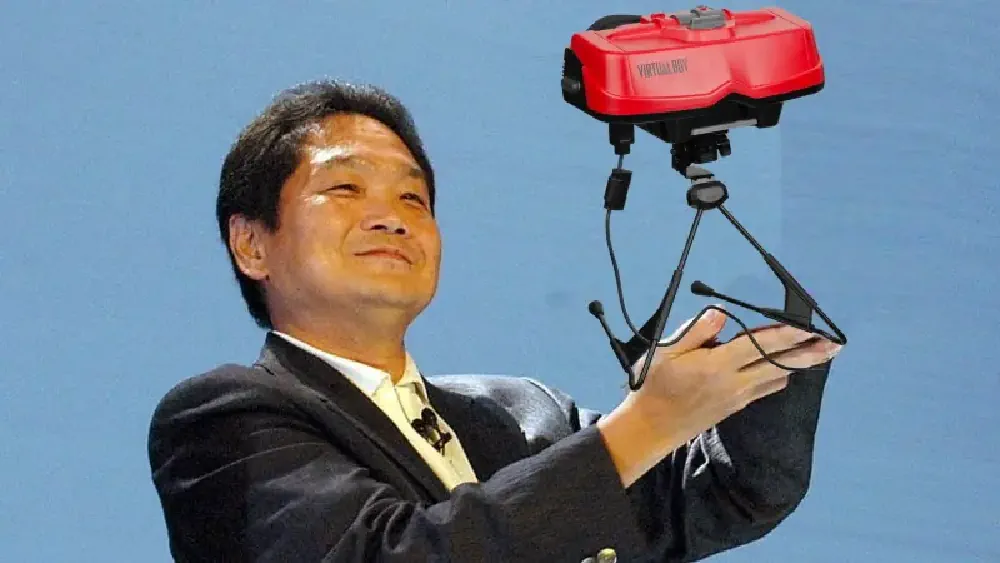How Sony's homebrew phobia cost them trillions
Written on August 13th, 2021 by Pierre L
Could Sony have been worth as much as Apple? It sounds like a ludicrous proposition in 2021. Today, Apple has enough saved up to buy every single Sony share in circulation - cash - and still have tens of billions left in the bank. Tim Apple could have Sony’s Tokyo headquarters turned into a parking lot for a laugh.
Things were different when the PSP came out in 2005. Sony’s market cap at the time was $36 billion to Apple’s $26. Sony was actually the bigger company.

A look at the PSP scene explains the root cause of Sony’s downfall: for much of the 2000s, the Japanese conglomerate failed to realize the 20th century had ended.
Here’s the incontrovertible evidence of that fact. This was Sony’s equivalent of iTunes:

A disc - which you had to buy. In a store. And Sony’s managerial lunacy didn’t end there.
Brews on the (wrong) App Store
Look at the history of the PSP homebrew scene and a curious trend emerges starting in 2008. One after another, countless homebrew devs defect to the iPhone. Names that up to that point had been associated with PSP homebrew development drop off the radar, the PSP section of their personal websites being replaced by links to the App Store.
And why wouldn’t they? They could now make money by coding projects they used to release for free. Often their first iOS games were straight ports of PSP homebrews:
Charnold’s 3D gallery:
PSP

iOS

Danzel’s Defense Station Portable:
PSP

iOS

Mobile Assault by Code Tactics:
PSP

iOS

As the examples above reveal, the PSP homebrew scene was not losing the Lua-script kiddies. Those were the most capable of the homebrew devs. After all, they had to at least be able to code in C (Objective-C, to be precise) in order to make the jump. And their work had to be good enough for people to be willing to pay for it.
Money on the table
Why should Sony have cared? They didn’t get their cut of the app sales for one (or in-app ad revenue for that matter), which went straight to Apple’s rapidly inflating pockets.

Beyond that, they also limited hardware sales by artificially limiting what the console could do. While homebrew devs were coding everything from map apps to file managers to TV program guides, the official PSP store never had so much as an official Google search or Facebook app.
The PSP store was nothing like its Apple equivalent. It was closed and vetted, a digital equivalent of a brick-and-mortar game store. While the iOS dev kit was freely downloadable, the Sony one was a closely guarded industrial secret. Sony was so obsessed with preventing piracy that they failed to capitalize on an army of coders willing to create software for their platform - for free.
Making the worst of a good device
Given its design, the PSP would have never been great for say, messaging. But it was quite alright for things like media streaming, at a much more competitive price than what a smartphone was going for at the time.
And for years, millions of people did use PSPs for watching online videos. Just neither the devs nor Sony ever managed to make a dime out of it.

